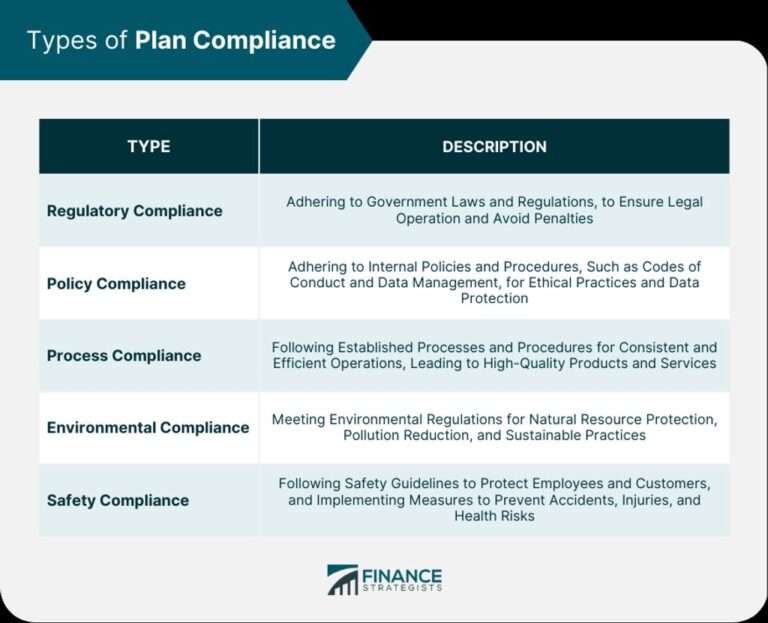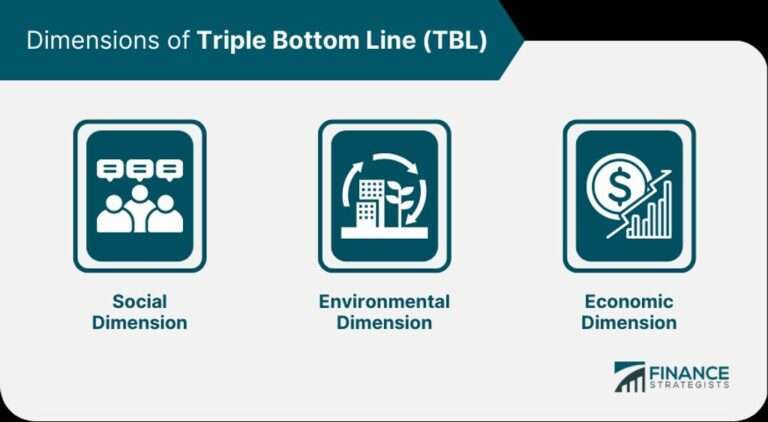What is Content Lifecycle Management?
Overview
What is Content Lifecycle Management?
Content Lifecycle Management is the process of strategically managing all aspects of content creation, distribution, and performance measurement. It involves planning, creating, distributing, and analyzing content to ensure its effectiveness and impact. Title management is an important component of content lifecycle management, as it involves optimizing and organizing titles to attract and engage the target audience. By effectively managing the lifecycle of content, businesses can ensure that their content is relevant, valuable, and impactful. To learn more about how to effectively manage your content lifecycle, check out Unifire, a comprehensive content management platform that can help you streamline your content processes and maximize your content’s potential.
Importance of Content Lifecycle Management
Content Lifecycle Management is crucial for businesses to effectively manage and optimize their content throughout its lifecycle. By implementing a strategic approach to content creation, distribution, and measurement, businesses can ensure that their content is consistently delivering value to their target audience. Content Lifecycle Management allows businesses to streamline their content processes, reduce manual tasks, and improve overall efficiency. It also enables businesses to track the customer journey and gather valuable insights to inform future content strategies. With the right Content Lifecycle Management strategy in place, businesses can scale their content efforts, increase organic website traffic, engage customers through various channels, dominate their social niche, and develop thought leadership. To learn more about how Content Lifecycle Management can help your business, visit Unifire’s website.
Benefits of Content Lifecycle Management
Content Lifecycle Management offers several key benefits to organizations. By implementing a structured approach to managing content, businesses can reduce workflows and streamline the content creation process. This not only saves time and resources but also ensures consistency and quality across all content assets. Additionally, Content Lifecycle Management allows for better planning and organization of content, enabling businesses to effectively target their audience and create relevant and engaging content. Furthermore, by utilizing various distribution channels and measuring content performance, organizations can maximize the reach and impact of their content. Overall, Content Lifecycle Management is a crucial strategy for businesses looking to optimize their content creation and distribution efforts.
Planning
Defining Content Strategy
When it comes to content strategy, it is essential to have a clear and well-defined plan in place. This involves understanding your target audience and their needs, as well as identifying the goals and objectives of your content. By defining your content strategy, you can ensure that your content is aligned with your overall business objectives and effectively communicates your brand message. Additionally, creating a content calendar can help you stay organized and ensure a consistent flow of content. A content calendar allows you to plan and schedule your content in advance, ensuring that you are consistently delivering valuable and relevant information to your audience. With a well-defined content strategy and a content calendar in place, you can effectively manage and optimize your content throughout its lifecycle.
Interested in optimizing your content strategy? Check out Unifire, a powerful tool that can help you streamline your content lifecycle management process and enhance your content performance. With Unifire, you can easily plan, create, distribute, and measure your content, all in one place. Start maximizing the impact of your content today!**
How to Define Your Content Strategy:
- Identify your target audience: Understand who your content is intended for and what their needs and interests are.
- Set clear goals and objectives: Define what you want to achieve with your content and how it aligns with your overall business objectives.
- Research and analyze your competitors: Gain insights into what your competitors are doing and identify opportunities for differentiation.
- Develop a brand voice and tone: Determine the personality and style of your content to create a consistent brand identity.
- Create a content calendar: Plan and schedule your content to ensure a consistent flow of valuable information.
- Track and measure your content performance: Use analytics tools to monitor the effectiveness of your content and make data-driven improvements.
By following these steps, you can establish a strong content strategy that drives engagement, builds brand awareness, and ultimately achieves your business goals.
Identifying Target Audience
One of the key insights of this article is the importance of identifying your target audience in content lifecycle management. By understanding who your audience is, you can tailor your content to meet their specific needs and interests. This involves conducting thorough research and analysis to gather data on your target audience’s demographics, preferences, and behaviors. With this information, you can create content that resonates with your audience and drives engagement. Additionally, identifying your target audience allows you to prioritize your distribution channels and promotional efforts, ensuring that your content reaches the right people at the right time. Overall, understanding your target audience is crucial for effective content lifecycle management.
Creating a Content Calendar
Once you have defined your content strategy and identified your target audience, the next step in the content lifecycle management process is creating a content calendar. This calendar serves as a roadmap for your content creation efforts, helping you stay organized and consistent. It allows you to plan and schedule your content in advance, ensuring that you have a steady stream of high-quality content to publish. A content calendar also helps you allocate resources effectively and avoid last-minute scrambling to create content. By planning ahead, you can ensure that your content aligns with your overall marketing goals and supports your business objectives. To create a content calendar, start by outlining the topics and themes you want to cover, along with the key dates and events relevant to your industry. Then, assign specific content creation tasks and deadlines to your team members. Consider using a project management tool or a spreadsheet to track and manage your content calendar. By following a well-structured content calendar, you can streamline your content creation process and ensure that your content is delivered consistently and on time.
Ready to supercharge your content creation process? Check out Unifire – a powerful content management platform that helps you scale your content production and create unique, personalized content. With Unifire, you can turn your webinars, podcasts, and workshops into a wealth of high-quality content that engages your audience and boosts your SEO. Say goodbye to manual tasks and hello to efficient, automated content creation. Try Unifire for free and experience the game-changing benefits for yourself!
How to Create a Content Calendar:
- Define your content goals and objectives
- Identify your target audience and their needs
- Research and gather information on relevant topics
- Outline the key dates and events in your industry
- Assign content creation tasks and deadlines
- Use a project management tool or spreadsheet to track and manage your content calendar
- Review and update your content calendar regularly to ensure it remains aligned with your marketing goals
By following these steps, you can create a comprehensive content calendar that drives your content creation efforts and helps you achieve your marketing objectives.
Creation
Researching and Gathering Information
Researching and gathering information is a crucial step in the content lifecycle management process. It involves systematically gathering data and insights to inform the creation and distribution of content. By conducting thorough research, you can ensure that your content is accurate, relevant, and valuable to your target audience. This process includes conducting market research, analyzing competitors, and gathering data from various sources such as surveys, interviews, and online resources. By following a systematic process, you can gather the necessary information to create high-quality content that meets the needs of your audience.
Writing and Editing Content
When it comes to writing and editing content, there are several key insights to keep in mind. First, it is important to conduct thorough research and gather all the necessary information before starting the writing process. This ensures that your content is accurate and well-informed. Second, take the time to craft your writing and pay attention to the editing process. This includes checking for grammar and spelling errors, as well as ensuring that your content flows smoothly and is easy to read. Additionally, consider the visual elements of your content, such as images and infographics, to enhance the overall presentation. Remember, the quality of your content is crucial in engaging your audience and conveying your message effectively. To streamline the content creation process and improve efficiency, consider using tools like Unifire. Unifire offers a range of features to help you manage your content lifecycle, from planning and creation to distribution and performance measurement. With Unifire, you can optimize your content strategy and achieve better results. To learn more about how Unifire can benefit your content lifecycle management, visit Unifire’s website today.
Designing Visual Elements
Designing visual elements is a crucial step in the content lifecycle management process. Visual elements, such as images, videos, and infographics, play a significant role in capturing the attention of your audience and enhancing the overall user experience. When designing visual elements, it is important to consider the branding guidelines and maintain consistency with the overall design aesthetic. High-quality and engaging visual elements can help convey complex information in a more digestible and visually appealing way. Additionally, optimizing visual elements for different devices and platforms ensures that your content is accessible and visually appealing across various channels. In order to design effective visual elements, it is essential to collaborate with graphic designers and utilize tools and software that enable seamless creation and editing. By investing time and effort into designing visually appealing elements, you can enhance the impact and effectiveness of your content.
Distribution
Choosing Distribution Channels
After creating high-quality content, the next step is to choose the most effective distribution channels to reach your target audience. Content management is crucial at this stage as it ensures that your content is delivered to the right platforms and channels. By strategically selecting distribution channels, you can maximize the visibility and reach of your content. Consider factors such as the demographics and preferences of your target audience, as well as the nature of your content, to determine which channels will yield the best results. It’s important to diversify your distribution channels to reach a wider audience and increase your chances of engagement and conversion. Some popular distribution channels include social media platforms, email newsletters, industry-specific websites, and content syndication platforms. Remember to regularly analyze and measure the performance of your content on each channel to optimize your distribution strategy and make data-driven decisions. With the right distribution channels in place, you can effectively promote your content and achieve your marketing goals.
Promoting Content
After you have created high-quality content, the next step is to promote it effectively. Promoting your content is crucial for reaching your target audience and driving engagement. There are several strategies you can use to promote your content, such as social media marketing, email marketing, influencer partnerships, and search engine optimization (SEO). Social media marketing allows you to share your content on platforms like Facebook, Twitter, and LinkedIn, reaching a wide audience and encouraging social sharing. Email marketing is another effective way to promote your content, as you can send targeted emails to your subscribers with links to your content. Collaborating with influencers in your industry can help you reach a larger audience and gain credibility. Finally, optimizing your content for search engines can increase its visibility and organic traffic. By implementing these promotion strategies, you can maximize the reach and impact of your content.
Measuring Content Performance
After distributing your content through various channels and promoting it effectively, it is crucial to measure the performance of your content. Measuring content performance allows you to gain insights into how well your content is resonating with your target audience and achieving your marketing goals. By tracking metrics such as website traffic, engagement rates, conversion rates, and social media interactions, you can evaluate the effectiveness of your content marketing efforts. This data helps you identify what content strategies and distribution channels are working best for your business, enabling you to optimize your future content creation and distribution. By continuously monitoring and analyzing content performance, you can make data-driven decisions and refine your content marketing strategy for even more effective marketing execution.
Conclusion
In conclusion, Unifire is the ultimate tool for extracting summaries, keywords, and titles from your podcast and repurposing your content. With Unifire, you can save time and effort by automating the process of creating engaging content. Whether you’re a podcaster, content creator, or marketer, Unifire empowers you to maximize the value of your podcast episodes. Start using Unifire today and unlock the full potential of your podcast content.








